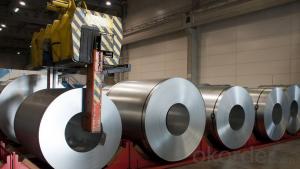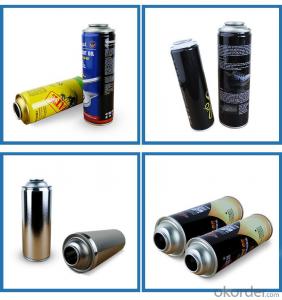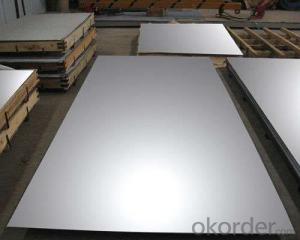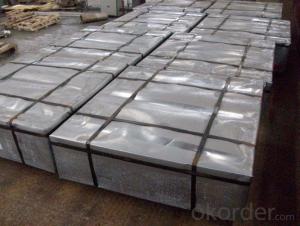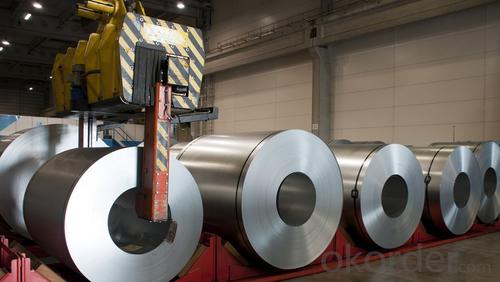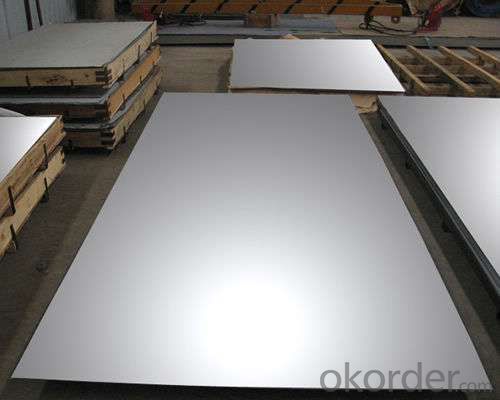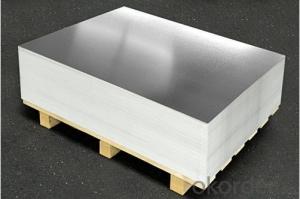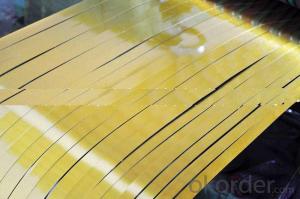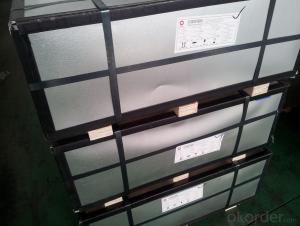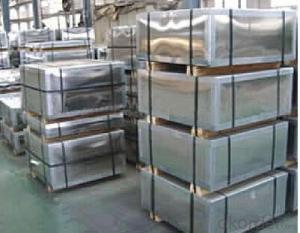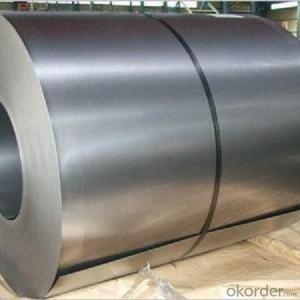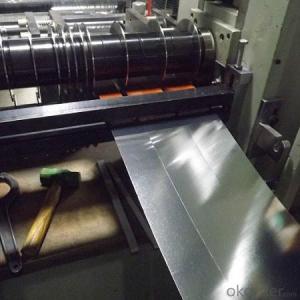Folha de folha de flandres para uso em latas de aerossol
- Loading Port:
- China main port
- Payment Terms:
- TT OR LC
- Min Order Qty:
- 25 m.t.
- Supply Capability:
- 2000 m.t./month
OKorder Service Pledge
OKorder Financial Service
You Might Also Like
Specification
Descrição do Produto:
1. Principais características
Folha de folha de flandres de primeira qualidade para fazer Cansis um dos materiais de embalagem de metal, que é amplamente usado para fazer latas de pintura, latas de embalagens químicas, cabos elétricos, bateria e impressão de metal, etc.
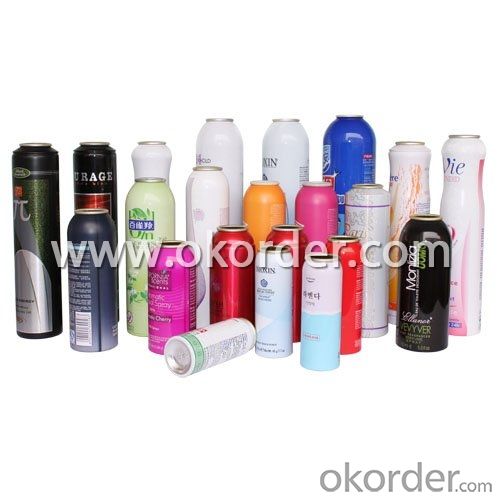
2. Vantagens
a). Estável e de alta qualidade
b). Rápido de entrega
c). Rica experiência e boa reputação de trabalho de exportação
4). Para a superfície, chapa de espessura uniforme, revestimento de estanho uniforme e liso, sem defeitos, ferrugem, arranhões, ondas, corte de revestimento de estanho etc.
5). O preço competitivo do mercado
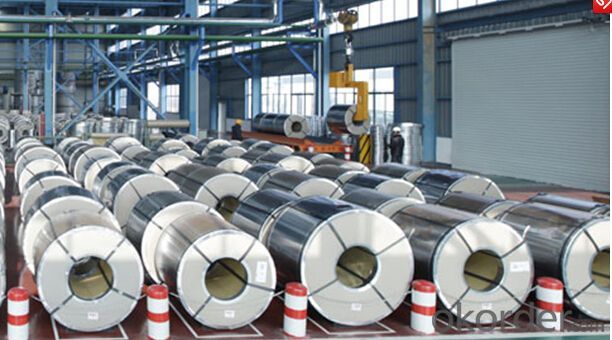
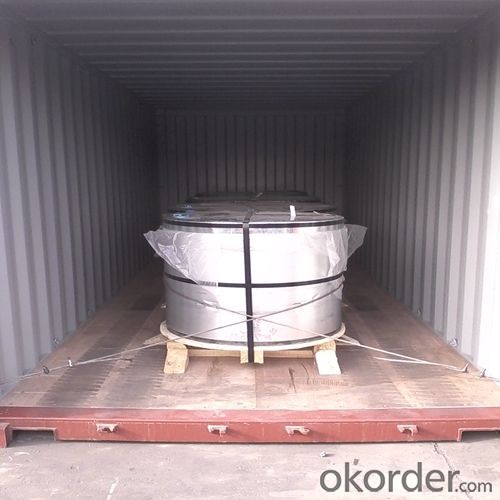
3. Especificações
Padrão : GB2520-2000 ,JIS G3303
Tipo : SPCC
Revestimento : 2.8/2.8
Acabamento de superfície: Bright, Stone ,
Espetura:0.31mm,etc.
Largura :600MM~1000MM
Temper : T1~T5
Embalagem: folha-de-flandres envolvida totalmente com capa interna de plástico ou papéis impermeáveis com cantos protegidos com anjos de metal.
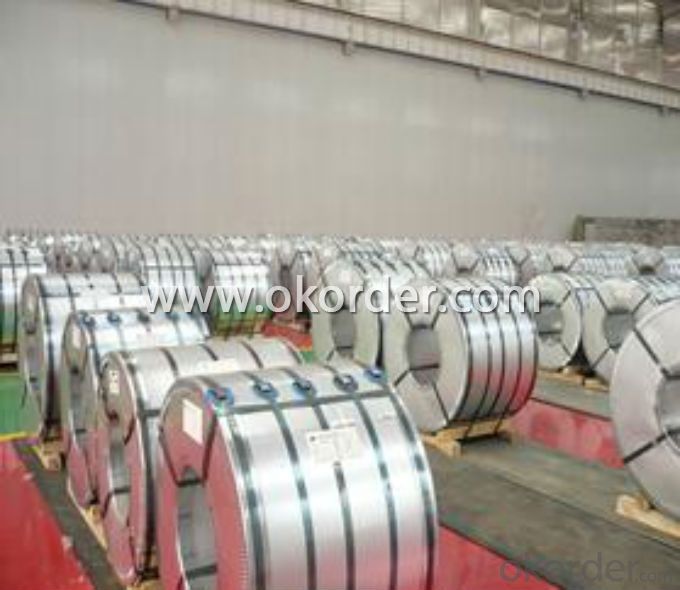
4.Perguntas frequentes sobre folha de flandres
Como posso comprar os produtos no meu país?
Envie-nos uma pergunta ou e-mail, responderemos se houver distribuidor em seu país.
Quanto tempo leva para receber o produto se eu fizer um pedido?
Com o processo de suas necessidades, embalaremos e entregaremos em 3-7 dias. Se for por transporte marítimo, levará 15-40 dias dependendo dos diferentes locais.
Como fazer o pagamento?
Em primeiro lugar, envie-nos uma consulta e responderemos o seu orçamento, se o nosso preço lhe for adequado, prepararemos a fatura pró-forma com os nossos dados bancários.
- Q: What are the main challenges in tinplate coating?
- The main challenges in tinplate coating include achieving consistent and uniform coating thickness, ensuring adhesion between the tin layer and the substrate, preventing corrosion and oxidation of the tin layer, and minimizing the formation of defects such as pinholes, blisters, and wrinkles. Additionally, challenges arise in maintaining the desired surface finish, controlling the tin coating composition, and improving the overall efficiency and cost-effectiveness of the coating process.
- Q: What industries commonly use tinplate?
- The industries that commonly use tinplate include the food and beverage industry, packaging industry, automotive industry, and electronics industry.
- Q: What are the main considerations for choosing tinplate suppliers?
- The main considerations for choosing tinplate suppliers include the quality of their products, their pricing and pricing structure, their production capacity and lead times, their ability to meet specific requirements and customizations, their reputation and reliability, their customer service and support, and their sustainability and ethical practices.
- Q: What are the typical lead times for tinplate tooling?
- The typical lead times for tinplate tooling can vary depending on the complexity of the design and the specific manufacturing processes involved. However, on average, lead times can range from several weeks to a few months.
- Q: Can tinplate be used for packaging non-food items?
- Yes, tinplate can be used for packaging non-food items. Tinplate is a versatile material that is commonly used for packaging various products, including cosmetics, pharmaceuticals, chemicals, and other non-food items. Its durability, corrosion resistance, and aesthetic appeal make it a suitable option for packaging non-food items.
- Q: How does tinplate perform in terms of puncture resistance?
- Tinplate performs exceptionally well in terms of puncture resistance. Its unique combination of strength and durability makes it highly resistant to punctures, making it an ideal material for packaging delicate or sharp objects that require protection.
- Q: What are the main technological advancements in tinplate production?
- Some of the main technological advancements in tinplate production include the development of high-speed production lines, automated processes for coating and printing, advancements in tin coating technology for improved corrosion resistance, and the integration of digital systems for quality control and traceability. Additionally, innovations in recycling and sustainability practices have also emerged, enabling more efficient use of resources and reducing environmental impact in tinplate production.
- Q: How does tinplate contribute to the efficiency of energy systems?
- Tinplate contributes to the efficiency of energy systems by providing a durable and lightweight material that can be used in various components such as cans, containers, and packaging. It helps in preserving and protecting energy resources, reducing energy consumption during transportation, and improving overall energy efficiency in the storage and distribution of goods. Additionally, tinplate is recyclable, which further supports sustainable energy practices and reduces waste in the energy system.
- Q: What are the main applications of tinplate in the jewelry industry?
- The main applications of tinplate in the jewelry industry include the production of tin-plated jewelry components such as clasps, findings, and beads. Tinplate is also utilized for decorative purposes, adding a shiny and lustrous finish to jewelry pieces.
- Q: How does tinplate affect the overall product tamper-evident features?
- Tinplate enhances the tamper-evident features of a product by providing a secure and durable packaging material. The robustness and strength of tinplate make it difficult for unauthorized access or tampering, ensuring the integrity of the product. Additionally, tinplate can be sealed tightly, making it evident if the package has been opened or tampered with.
Send your message to us
Folha de folha de flandres para uso em latas de aerossol
- Loading Port:
- China main port
- Payment Terms:
- TT OR LC
- Min Order Qty:
- 25 m.t.
- Supply Capability:
- 2000 m.t./month
OKorder Service Pledge
OKorder Financial Service
Similar products
Hot products
Hot Searches
Related keywords
